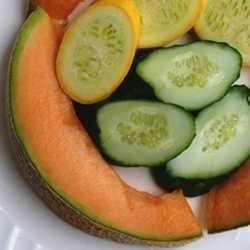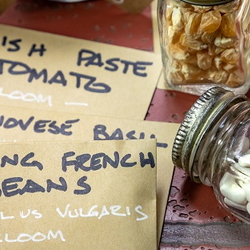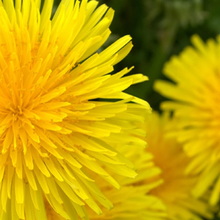Squash is a common garden staple that is fun to grow and even more fun to eat. For gardeners, the varieties seem endless: summer squash for grilling, winter squash that keeps long after being harvested, and, of course, pumpkins for Halloween carving. Growing squash is typically an easy task for home gardeners, but sometimes, ready-to-harvest breeds don't quite look like their photos on seed packets and in catalogs. What went wrong? In most cases, it’s a simple case of cross-pollination between different types.
One of the most common mistakes people make when growing squash is attempting to plant multiple varieties without first reviewing all of their traits. When it comes to squash, it's important to have a thorough understanding of breeding habits. Cucurbits (the scientific family to which squash belongs) produce both male and female blossoms that are most commonly pollinated by insects. In some accidental cases, even people can transport pollen from one bloom to another. Consequently, it’s easy for cucurbits to produce some unideal, Frankenstein-like hybrids.
Of course, you won't be able to tell if these unsavory combinations have actually occurred until the following growing season, and even then you'll have to have saved your own seed. Only the offspring of your first-generation squash will bear signs of cross-pollination. If you don’t save and plant your own seed, you may find that this problem isn’t a particularly big deal. Nonetheless, gardeners who do shouldn't feel disheartened. There are several tips and tricks you can try to avoid nature-made squash combinations.
Research The Squash You’re Planting
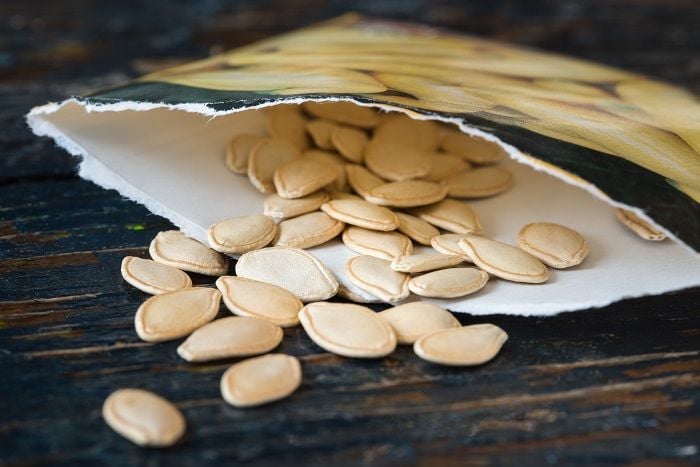
You've already learned that squash are members of the Cucurbita family. Within this family are several cultivars, each of which tends to cross better with a certain set of varieties. Most gardeners plant squash from the C. pepo, C. moschata, or C. maxima groups. Common squash types in these categories include:
C. pepo: Pattypan, Acorn, Straightneck, Zucchini, Gourds
C. moschata: Butternut, Crookneck, Long Island Cheese Pumpkin, Tromboncino
C. maxima: Hubbard, Buttercup, Arikara, Candy Roaster
It's important to research the different squash groups you'll be planting and find out which ones are safe to grow near one another. For instance, because C. pepo squash can only cross with other C. pepo squash, you'll have no problems planting them next to C. moschata or C. maxima types. If the varieties you’re planting all belong to different groups, you’ll generally be able to grow them together with little to no worries. If, however, you're planting more than one kind of squash from the same group, you’ll have to do a little extra work.
Give Plants Some Space
Your first line of defense in preventing cross-pollination between cucurbits is simple: space. In most cases, you’ll need to separate plants within the same cultivar by at least a half-mile to prevent accidental breeding. For gardeners with a lot of space, this may be an easy task. Those with limited gardening room, however, will find this distance a little daunting.
When thinking about spacing, you’ll also have to consider how isolated you are from other gardeners. Remember that pollinators aren't on your side and that they often move from yard to yard without the slightest bit of concern for your gardening needs. Are your neighbors planting any kinds of squash? If they are, you'll have to take those varieties and their placement into account as well. If that seems impossible, you might try bagging your squash plants to reduce their chances of being fertilized.
Cover and Hand Pollinate

While it may seem like more work, bagging or covering your cucurbits is a good way to keep them safe from cross-pollination, especially if you’ve discovered that some of your squash belong to the same group long after planting them. It’s best to cover different varieties on different days so that all of your squash plants can still be pollinated by bees and other insects.
If you’re looking to reduce the chances of cross-pollination even further, you might consider hand pollination. While this process can be a bit time-consuming, it's easy to do and will especially be worth the effort for those gardeners who save their seeds for future growing seasons. To hand pollinate, you’ll need to identify your male blooms and gently rake their pollen onto the female's pistils. Afterward, you can choose to re-bag them for extra security.
Plant Squash Weeks Apart
It’s also possible to isolate squash varieties by time. By creating a gap between each plant's flowering period, you're sure to reduce their chances of cross-pollinating. While this can be difficult to do in regions with relatively short growing seasons, it’s a good option for anyone who isn't keen on bagging or hand pollinating their plants.
Watch For Abnormalities
If you planted some seeds from last year’s garden and are worried about potential cross-pollination, you'll want to monitor your crops closely throughout the growing season. Observe the way each plant grows and vines and the fruit it begins to produce. If you encounter an oddball that doesn’t match the rest of your plants, it may be wise to simply pull it from your garden to prevent unwanted cross-breeding. Until you can determine which of your homemade seeds will yield you quality squash, you'll want to give them all a chance to thrive.
Know That Cross-Pollination Can Happen Anyway
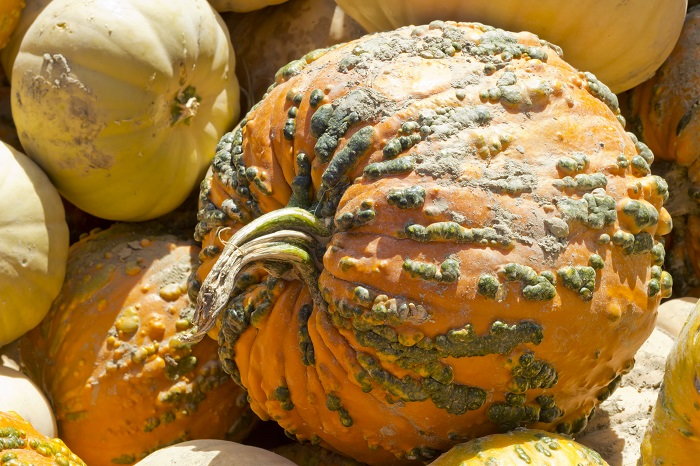
Don’t be discouraged if your squash end up cross-pollinating despite your best efforts. The fruit each plant bears will still be edible, and their seeds can still be planted the following year. Just remember that you have created a mixed strain that might yield some unusual results. If you’re an avid saver, you’ll be better off discarding your cross-pollinated plant seeds and buying fresh ones from a reputable company.
Everyone performs unsuccessful experiments from time to time. Besides, what is gardening if not a learning experience?


